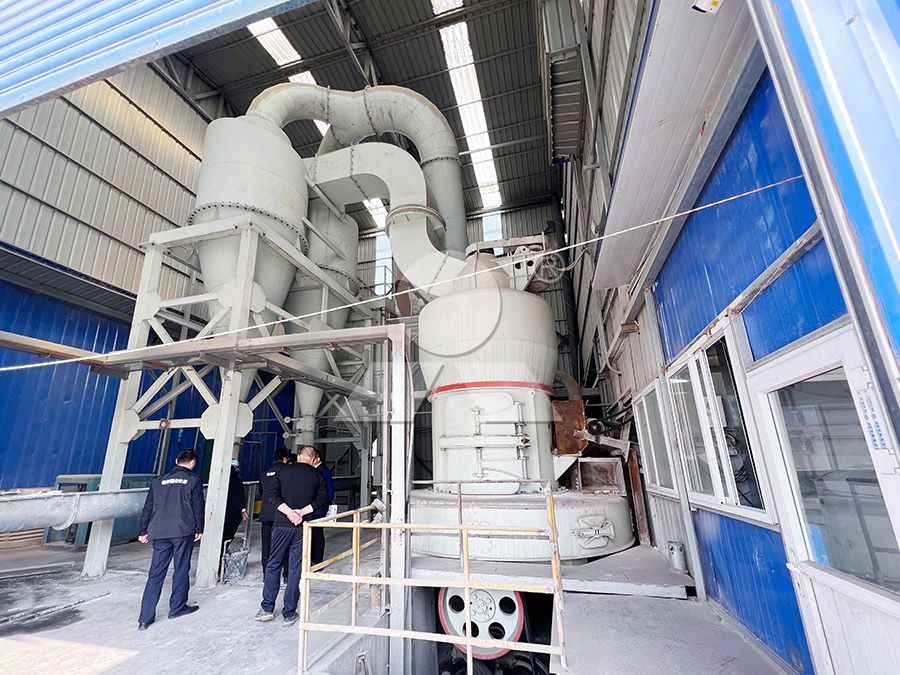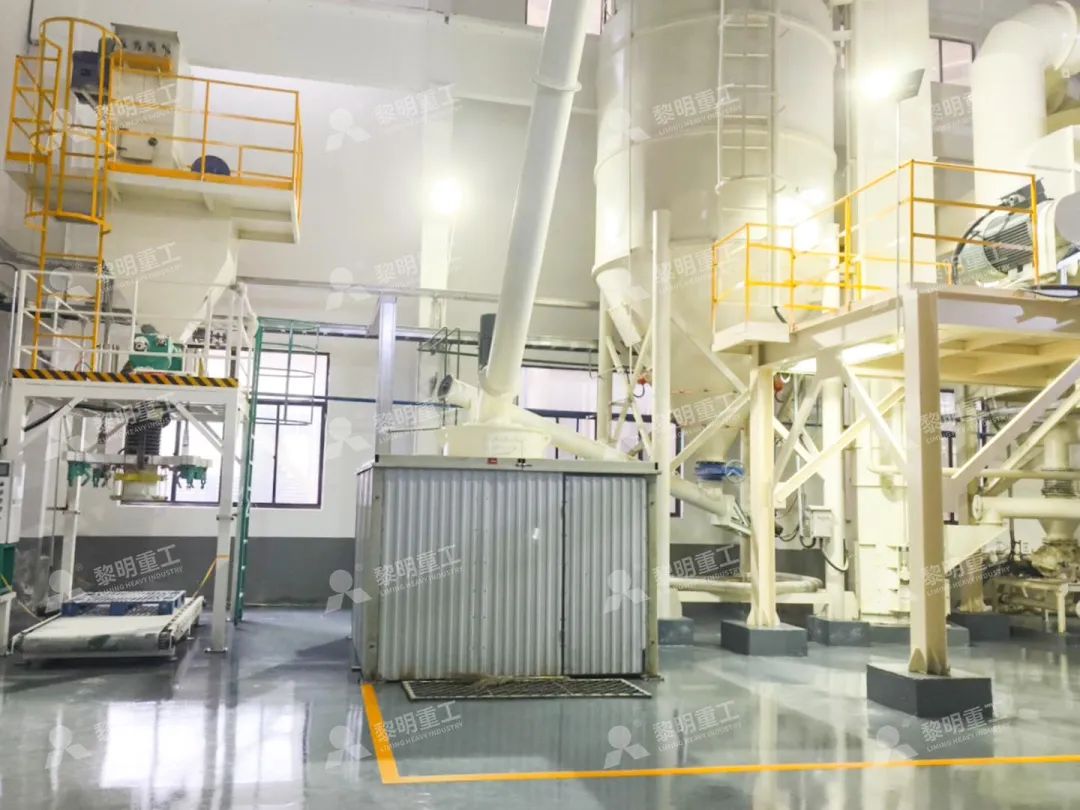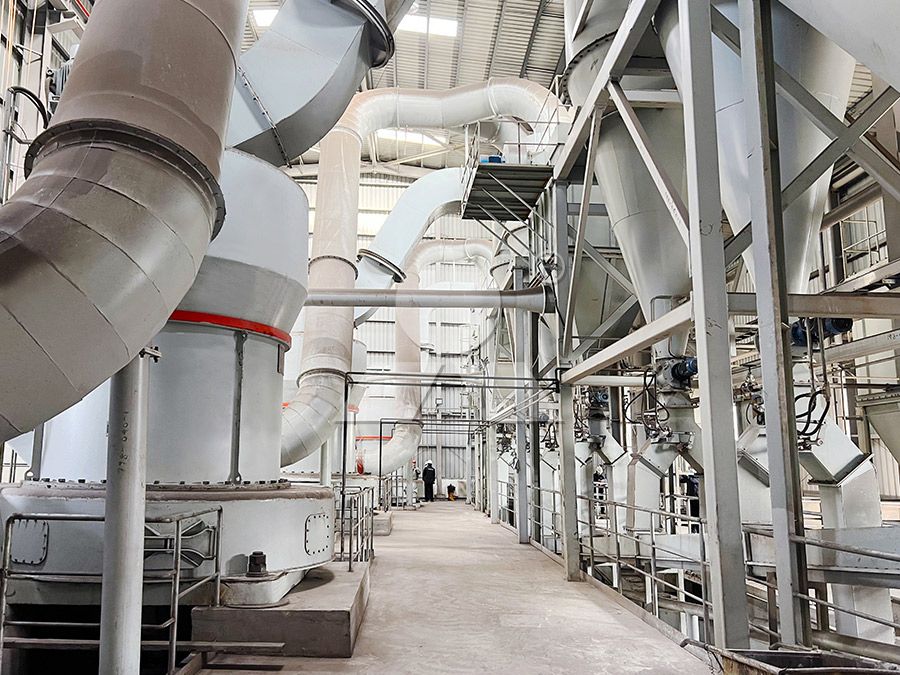Iron Ore Grinding Mill: Types, Selection Guide, and Price Analysis
Iron Ore Grinding Mill: Types, Selection Guide, and Price Analysis
Selecting the right grinding mill for iron ore processing is crucial for optimizing production efficiency, product quality, and operational costs. The abrasive nature and specific hardness of iron ore demand robust and efficient milling solutions. This guide explores the primary mill types and provides a framework for making an informed investment decision.
Common Types of Iron Ore Grinding Mills
The choice of mill often depends on the required fineness, capacity, and the ore’s specific characteristics.
Ball Mill: A traditional and widely used workhorse. Ball mills are characterized by their simple structure and reliability. They operate by tumbling the ore with steel balls inside a rotating cylinder. While they offer lower initial investment and are suitable for coarse to medium grinding, their energy efficiency is generally lower compared to more modern designs, and they can lead to higher iron contamination from media wear.
Raymond Mill (Vertical Roller Mill): This mill uses spring-loaded rollers to compress and grind material against a rotating ring. It’s excellent for producing fine powders in the range of 80-325 mesh. Raymond mills are known for their lower energy consumption compared to ball mills and smaller footprint. Modern versions, like the MTW European Trapezium Mill, feature advanced technologies such as bevel gear drives and efficient powder concentrators for better performance.

Vertical Roller Mills (VRM): VRMs represent a significant step forward in grinding technology. They integrate drying, grinding, classification, and conveyance into a single unit. Models like the LM Vertical Grinding Mill are highly efficient, reducing energy consumption by 30-40% compared to ball mills. Their compact design saves significant floor space, and the material’s short residence time minimizes over-grinding and reduces iron content in the final product, which is a critical factor for iron ore quality.
Key Selection Criteria
When choosing a mill, consider these factors:
- Feed Size & Capacity: Match the mill’s input size and throughput (tph) with your plant’s output requirements.
- Product Fineness: Determine the target particle size distribution. Some mills are better suited for ultra-fine grinding.
- Energy Efficiency: Operating costs are heavily influenced by power consumption. VRMs and advanced trapezium mills typically lead in this category.
- Wear and Maintenance: Iron ore is highly abrasive. Look for mills with wear-resistant materials and designs that facilitate easy maintenance of grinding elements.
- Environmental Compliance: Modern mills should feature effective dust collection systems and low noise levels.
A Modern Solution for Fine and Ultra-Fine Grinding
For operations requiring very fine iron ore powders (e.g., for pelletizing or specific chemical applications), the MW Ultrafine Grinding Mill stands out. This machine is engineered for customers who need to make ultra-fine powder between 325 and 2500 meshes. With an input size of 0-20 mm and a capacity range of 0.5-25 tph, it offers remarkable flexibility.
Its key advantages include a 40% higher production capacity compared to jet mills and significantly lower system energy consumption—only about 30% of a jet mill’s usage. A critical design feature is the absence of rolling bearings and screws in the grinding chamber, eliminating common failure points and allowing for external lubrication without shutdown. This enables continuous 24/7 operation, which is vital for high-volume processing. Equipped with an efficient pulse dust collector and muffler, the MW Grinding Mill ensures a clean and quiet operation, fully adhering to environmental standards.

Price Analysis and Investment Considerations
The price of an iron ore grinding mill varies significantly based on type, size, and technological features. A basic ball mill might have a lower upfront cost, but its higher operational expenses (energy and media consumption) can make it more expensive in the long run. Advanced mills like the MW Ultrafine Grinding Mill or LM Vertical Mill command a higher initial investment but offer substantial savings through reduced energy bills, lower maintenance downtime, and higher product quality, leading to a better return on investment over the equipment’s lifecycle.

Frequently Asked Questions (FAQ)
Q: What is the most energy-efficient type of mill for iron ore?
A: Vertical Roller Mills (VRMs), such as the LM series, are generally the most energy-efficient, often reducing consumption by 30-50% compared to traditional ball mills.
Q: How do I control the fineness of the ground iron ore?
A: Fineness is primarily controlled by the mill’s internal classifier or separator. Advanced models like the MW Ultrafine Mill use a cage-type powder selector, allowing precise adjustment from 325 to 2500 meshes.
Q: What maintenance is required for these mills?
A: Maintenance focuses on wear parts like rollers and liners. Designs that allow easy access and feature external lubrication, such as the MW Grinding Mill, drastically reduce maintenance time and complexity.
Q: Can the mill handle wet or sticky iron ore?
A: Some mills, like certain VRMs, integrate drying capabilities. It is essential to discuss moisture content with the manufacturer to select a mill with an appropriate hot air system for drying.
Q: What is the typical lifespan of a grinding mill?
A: With proper maintenance and using wear-resistant components, a high-quality grinding mill can have a operational lifespan of 15-20 years or more.
